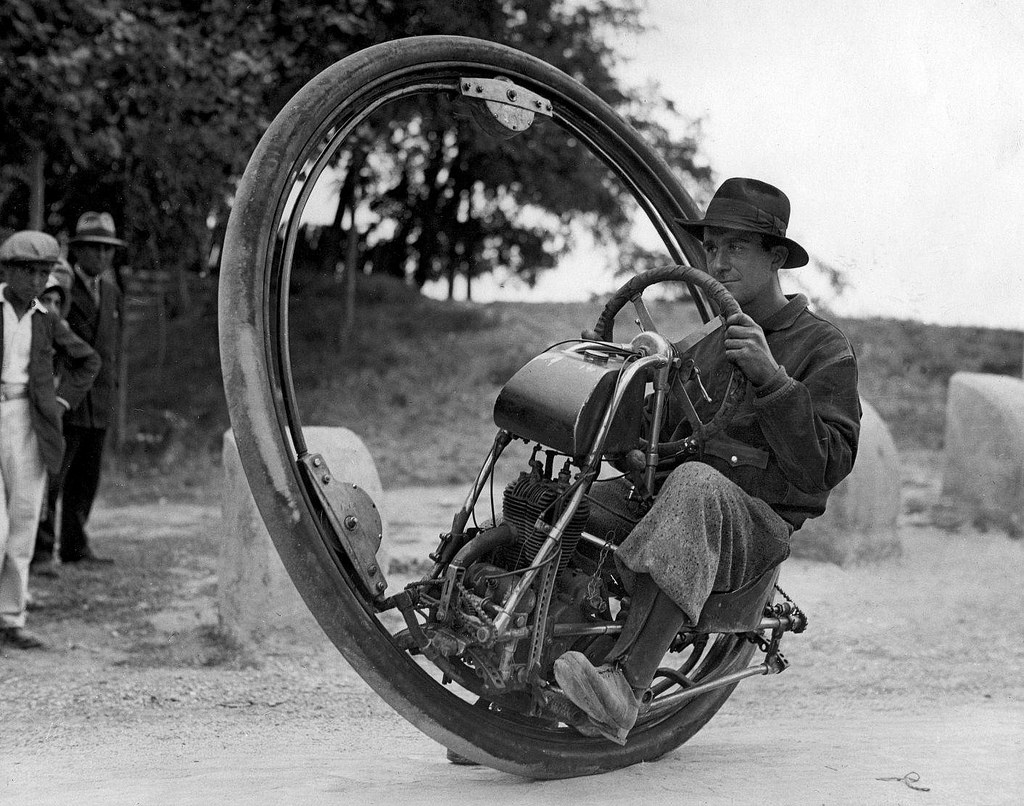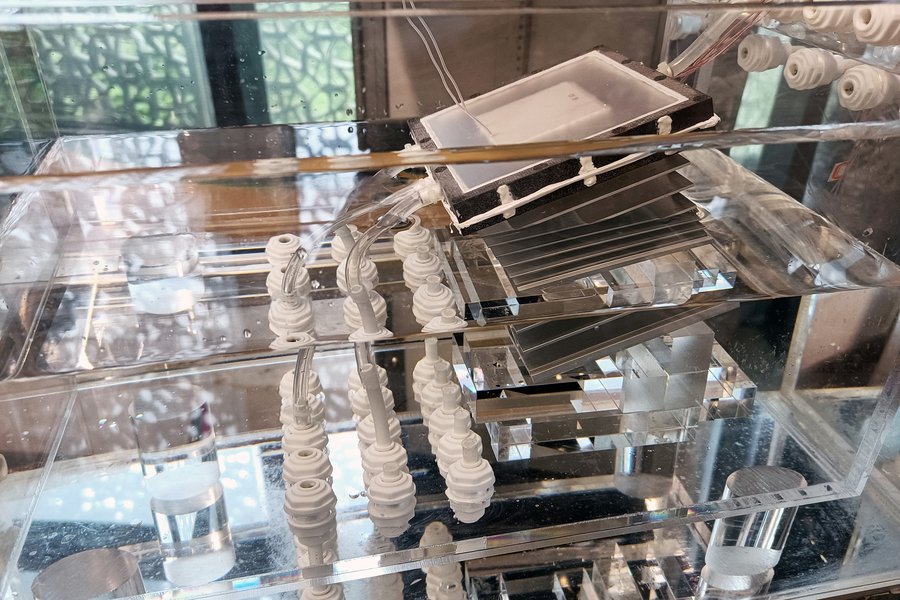Hydrogen Powered Flight
In a groundbreaking development for aviation, startup ZeroAvia has successfully completed a test flight of a 19-seat aircraft powered in part by hydrogen fuel cells. This marks the largest plane the company has tested in the air to date.
The test flight took off from Cotswold Airport in the UK and lasted approximately 10 minutes. During the flight, the aircraft’s left engines were powered by a combination of hydrogen fuel cells and batteries, while the right side relied on traditional kerosene.
This achievement has garnered significant attention, being voted the Breakthrough Technology of 2023 in a survey by MIT Technology Review. The successful test flight highlights the scalability of ZeroAvia’s technology and the rapid progress being made in the field of hydrogen aviation.
As the world continues to focus on reducing carbon emissions, the aviation industry has been under increasing pressure to find greener solutions. ZeroAvia’s successful test flight represent one potential solution to reducing emissions from the aviation industry. However, scaling this technology to power larger aircraft will be necessary to make a significant impact on emissions.
ZeroAvia has raised over $140 million in funding from investors such as United Airlines and American Airlines, as well as Breakthrough Energy Ventures. The company has also received over 1500 pre-orders for its hydrogen fuel-cell systems.




